Brain Waves Reflect Different Types Of Learning

Brain waves reflect different types of learning
Figuring out how to pedal a bike and memorizing the rules of chess require two different types of learning, and now for the first time, researchers have been able to distinguish each type of learning by the brain-wave patterns it produces.
These distinct neural signatures could guide scientists as they study the underlying neurobiology of how we both learn motor skills and work through complex cognitive tasks, says Earl K. Miller, the Picower Professor of Neuroscience at the Picower Institute for Learning and Memory and the Department of Brain and Cognitive Sciences, and senior author of a paper describing the findings in the Oct. 11 edition of Neuron.
When neurons fire, they produce electrical signals that combine to form brain waves that oscillate at different frequencies. “Our ultimate goal is to help people with learning and memory deficits,” notes Miller. “We might find a way to stimulate the human brain or optimize training techniques to mitigate those deficits.”
The neural signatures could help identify changes in learning strategies that occur in diseases such as Alzheimer’s, with an eye to diagnosing these diseases earlier or enhancing certain types of learning to help patients cope with the disorder, says Roman F. Loonis, a graduate student in the Miller Lab and first author of the paper. Picower Institute research scientist Scott L. Brincat and former MIT postdoc Evan G. Antzoulatos, now at the University of California at Davis, are co-authors.
Explicit versus implicit learning
Scientists used to think all learning was the same, Miller explains, until they learned about patients such as the famous Henry Molaison or “H.M.,” who developed severe amnesia in 1953 after having part of his brain removed in an operation to control his epileptic seizures. Molaison couldn’t remember eating breakfast a few minutes after the meal, but he was able to learn and retain motor skills that he learned, such as tracing objects like a five-pointed star in a mirror.
“H.M. and other amnesiacs got better at these skills over time, even though they had no memory of doing these things before,” Miller says.
The divide revealed that the brain engages in two types of learning and memory — explicit and implicit.
Explicit learning “is learning that you have conscious awareness of, when you think about what you’re learning and you can articulate what you’ve learned, like memorizing a long passage in a book or learning the steps of a complex game like chess,” Miller explains.
“Implicit learning is the opposite. You might call it motor skill learning or muscle memory, the kind of learning that you don’t have conscious access to, like learning to ride a bike or to juggle,” he adds. “By doing it you get better and better at it, but you can’t really articulate what you’re learning.”
Many tasks, like learning to play a new piece of music, require both kinds of learning, he notes.
Brain waves from earlier studies
When the MIT researchers studied the behavior of animals learning different tasks, they found signs that different tasks might require either explicit or implicit learning. In tasks that required comparing and matching two things, for instance, the animals appeared to use both correct and incorrect answers to improve their next matches, indicating an explicit form of learning. But in a task where the animals learned to move their gaze one direction or another in response to different visual patterns, they only improved their performance in response to correct answers, suggesting implicit learning.
What’s more, the researchers found, these different types of behavior are accompanied by different patterns of brain waves.
During explicit learning tasks, there was an increase in alpha2-beta brain waves (oscillating at 10-30 hertz) following a correct choice, and an increase delta-theta waves (3-7 hertz) after an incorrect choice. The alpha2-beta waves increased with learning during explicit tasks, then decreased as learning progressed. The researchers also saw signs of a neural spike in activity that occurs in response to behavioral errors, called event-related negativity, only in the tasks that were thought to require explicit learning.
The increase in alpha-2-beta brain waves during explicit learning “could reflect the building of a model of the task,” Miller explains. “And then after the animal learns the task, the alpha-beta rhythms then drop off, because the model is already built.”
By contrast, delta-theta rhythms only increased with correct answers during an implicit learning task, and they decreased during learning. Miller says this pattern could reflect neural “rewiring” that encodes the motor skill during learning.
“This showed us that there are different mechanisms at play during explicit versus implicit learning,” he notes.
Future Boost to Learning
Loonis says the brain wave signatures might be especially useful in shaping how we teach or train a person as they learn a specific task. “If we can detect the kind of learning that’s going on, then we may be able to enhance or provide better feedback for that individual,” he says. “For instance, if they are using implicit learning more, that means they’re more likely relying on positive feedback, and we could modify their learning to take advantage of that.”
The neural signatures could also help detect disorders such as Alzheimer’s disease at an earlier stage, Loonis says. “In Alzheimer’s, a kind of explicit fact learning disappears with dementia, and there can be a reversion to a different kind of implicit learning,” he explains. “Because the one learning system is down, you have to rely on another one.”
Earlier studies have shown that certain parts of the brain such as the hippocampus are more closely related to explicit learning, while areas such as the basal ganglia are more involved in implicit learning. But Miller says that the brain wave study indicates “a lot of overlap in these two systems. They share a lot of the same neural networks.”
More Posts from Karlfelersii and Others
WHAT IS YOUR SOUL ELEMENT?

What is your soul element? Are you the master of fire, the controller of water, the bender of air, or the assembler of earth?
Take this test to know
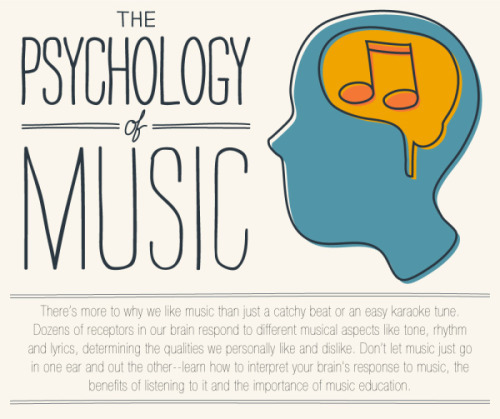
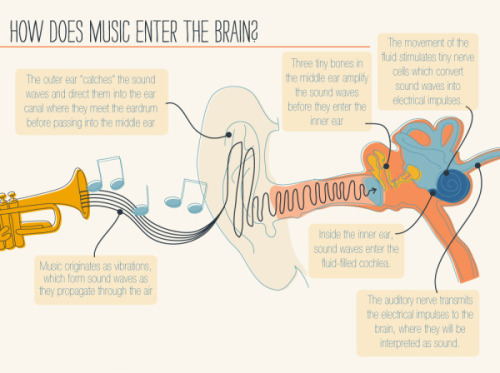
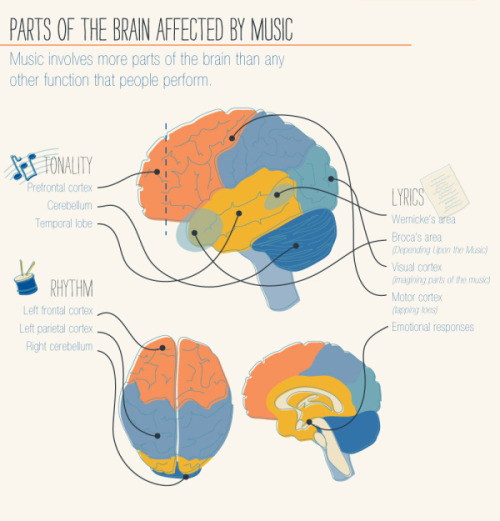
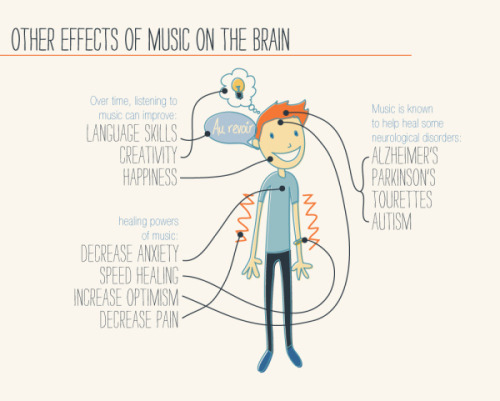
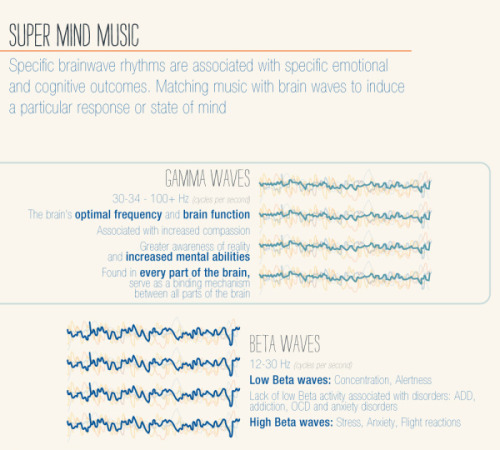
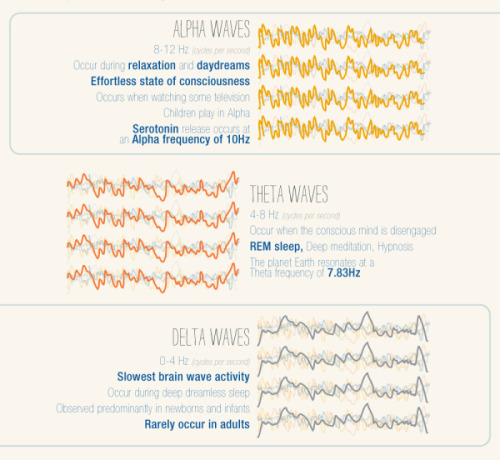
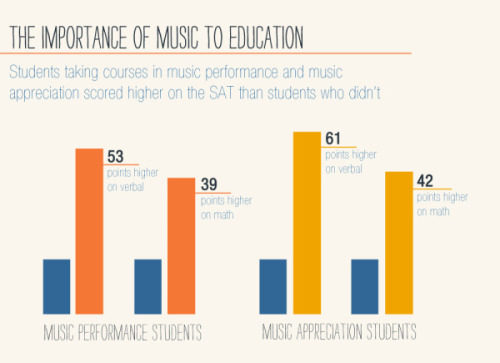
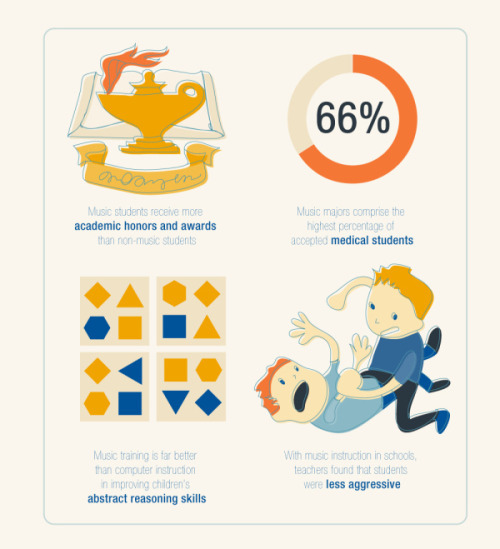
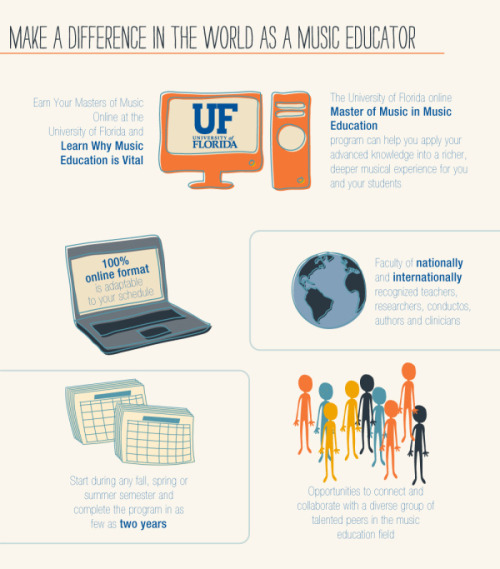

For more posts like these, go to @mypsychology
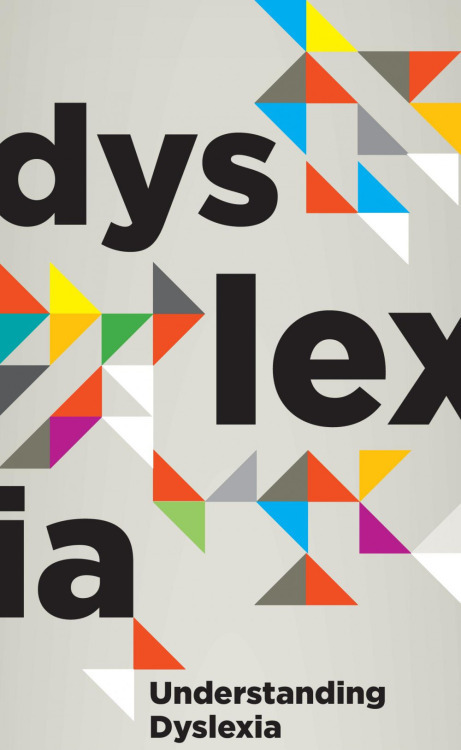

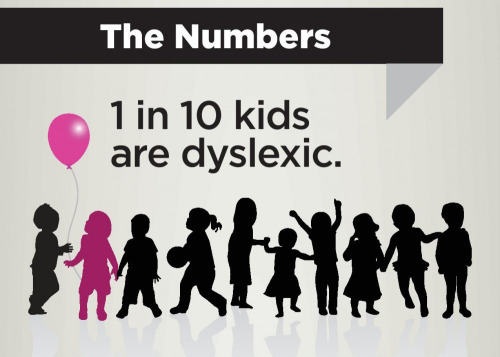
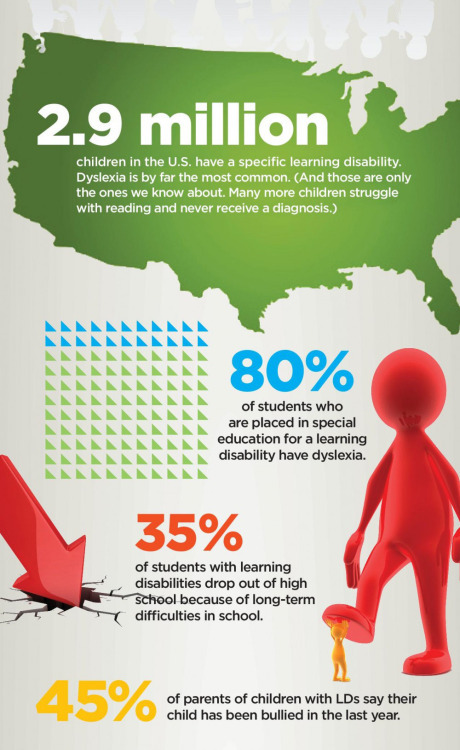
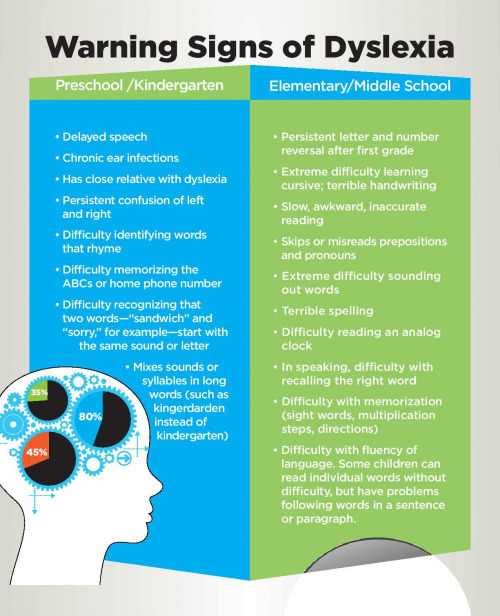
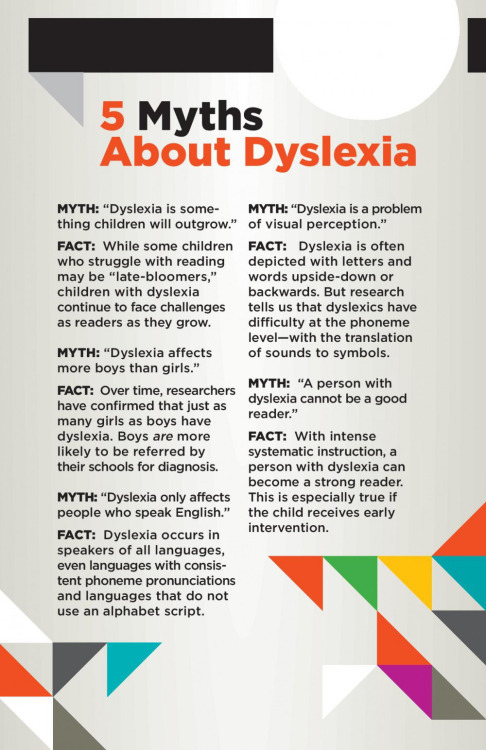
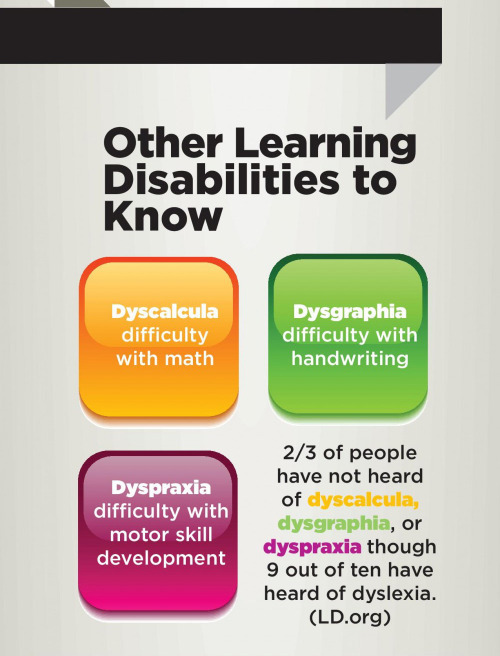
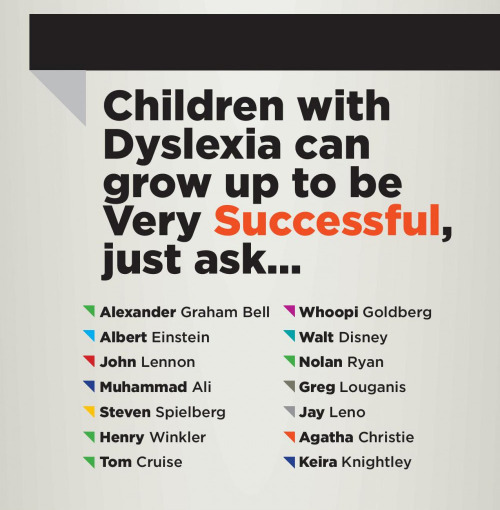
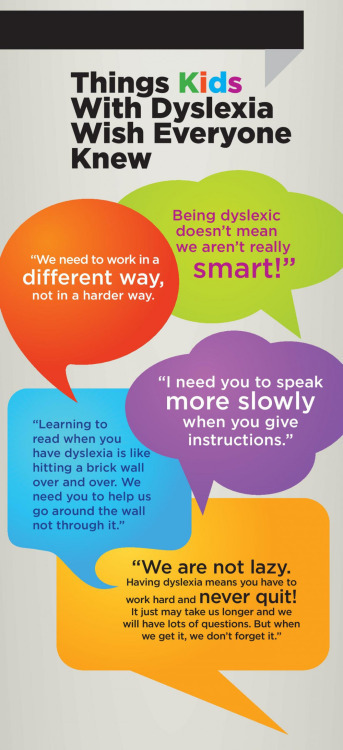
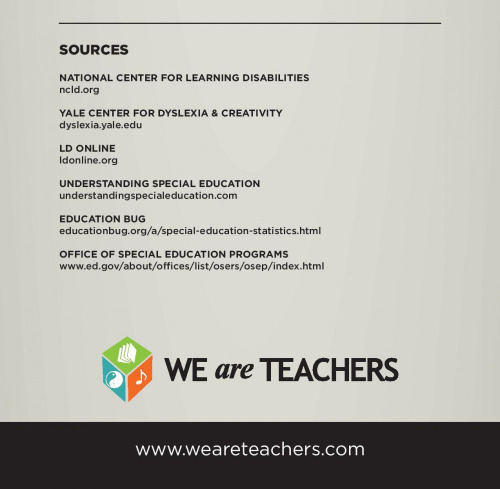
For more posts like these, go to @mypsychology

Submitted by musiq4thieves
For more posts like these, go visit psych2go
Psych2go features various psychological findings and myths. In the future, psych2go attempts to include sources to posts for the for the purpose of generating discussions and commentaries. This will give readers a chance to critically examine psychology.
Stay Focused, If You Can
What makes some people better able to resist temptation than others? Lucina Uddin and Jason Nomi, cognitive neuroscientists at the University of Miami College of Arts and Sciences collaborated with Rosa Steimke, a visiting postdoctoral researcher in the Brain Connectivity and Cognition Laboratory at UM, to explore this question.

Steimke conducted a study as part of her dissertation work at Charité University in Berlin, Germany, in which participants were asked to perform a simple task: focus on one side of a screen where a letter – either an “E” or “F” – would quickly appear then disappear, and press a button indicating which letter they saw.
But before the letter appeared on the screen, an image would pop up to the right, and—this is where it gets interesting—the images were quite sensual and erotic. Not surprisingly, participants’ eyes definitely wandered to the right for a quick peek, which was captured by eye-tracking equipment.
“Using this setup, we were able to challenge participants’ self-control in the face of temptation,” said Steimke.
Adds Uddin, “This study is about individual differences in the ability to control impulses and behavior.”
According to previous research, the brain’s “cognitive control network” is typically involved in behavior that requires self-control. Here, the researchers explored another potential candidate brain system known as the “salience network.” The salience network is a collection of regions in the brain that selects which stimuli are deserving of our attention, such as a driver responding to a pedestrian running across the street or a large billboard along the highway.
The cognitive control network is related to ‘’top-down’’ effortful control of attention while the salience network is related to ‘’bottom-up’’ automatic direction of attention.
“We were interested in comparing the roles of these two networks in self-control behavior,” said Nomi.
Uddin and her team have taken a new approach to studying brain activity and its moment-to-moment variations using a method called “dynamic functional network connectivity.” Using this method, the team was able to examine whether the cognitive control or salience network was more closely linked to participants’ tendency to glance at the sensual pictures when they knew the goal was to focus on the letter.
Surprisingly, they found no links between cognitive control network dynamics and individual differences in performance of the task. However, those individuals whose brains showed a specific pattern of salience network dynamics were better able to perform the task. Specifically, for some people their salience networks were not as well-connected with the visual networks in the brain. Individuals who showed this pattern were better able to resist tempting distractors and perform the task.
“Researchers normally study connectivity using traditional approaches, but we used the dynamic approach, which gave us new insight that traditional connectivity analysis did not reveal,” said Uddin. “When we looked at the moment-to-moment, dynamic measures of connectivity we saw the relationship with individual differences in eye-gazing behavior emerge.”
The study, “Salience network dynamics underlying successful resistance of temptation,” is published in the journal SCAN.
Dreamland, the Power of Lucid Dreaming

Have you ever had the experience of wondering if what was happening to you was a dream or real? If so, you’ve likely experienced a lucid dream.
A lucid dream is a dream in which you know you are dreaming. During lucid dreaming, you can control the characters, the environment, the narrative, and the outcome of the dream.
Is it really a thing? It is. I have experienced a lucid dream, though, I didn’t know that’s what it was at the time. I didn’t realize I could lucid dream until I did some research as to what lucid dreaming was all about….
What is Lucid Dreaming?
Is it Really a ‘Thing’?
What Can You Get Out of It?
How do you do it?
▻ Read All About It Here ◅










For more posts like these, go to @mypsychology
The French Netflix uploaded this on twitter…….
6 Reasons Why Smart People Cant Find Happiness
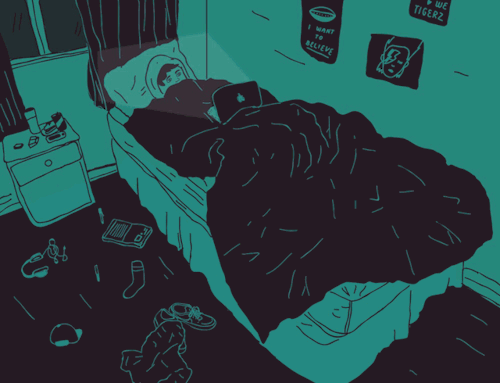
Happiness is the feeling of contentment and satisfaction that is craved by many but only achieved by some. Happiness is relative and subjective. But for many successful individuals, the presence of a great family life and a flourishing career is often not enough. On some occasions these do not prevent an smart individual from feeling a sense of loneliness, often sadness and melancholy.
Here are six psychological reasons why smart people have a harder time finding happiness.
1. Intelligent people over-analyze
Many individuals with high levels of intelligence often over think and analyze everything that occurs in their life and surroundings. While their ability to analyze things is a great asset, the constant analysis of everything often lead to frustrations especially when coming up with an undesired conclusion.
Being able to see through people’s intentions is a burden that most people don’t get to carry. Oftentimes, knowing how ugly the real world is like is……
Continue Reading Here
-
 cronos590 reblogged this · 3 years ago
cronos590 reblogged this · 3 years ago -
 110car8s liked this · 4 years ago
110car8s liked this · 4 years ago -
 zenos127 liked this · 6 years ago
zenos127 liked this · 6 years ago -
 scubarox reblogged this · 6 years ago
scubarox reblogged this · 6 years ago -
 gucci-depressione liked this · 6 years ago
gucci-depressione liked this · 6 years ago -
 spacenerd84 liked this · 6 years ago
spacenerd84 liked this · 6 years ago -
 shawn1965 liked this · 6 years ago
shawn1965 liked this · 6 years ago -
 glassyeyedmind liked this · 6 years ago
glassyeyedmind liked this · 6 years ago -
 vamonooossss liked this · 6 years ago
vamonooossss liked this · 6 years ago -
 deprofundis reblogged this · 6 years ago
deprofundis reblogged this · 6 years ago -
 djeannge reblogged this · 6 years ago
djeannge reblogged this · 6 years ago -
 hippieinspo liked this · 7 years ago
hippieinspo liked this · 7 years ago -
 helpingpetsbehave reblogged this · 7 years ago
helpingpetsbehave reblogged this · 7 years ago -
 langblrspace liked this · 7 years ago
langblrspace liked this · 7 years ago -
 hopeful9cat-blog liked this · 7 years ago
hopeful9cat-blog liked this · 7 years ago -
 petite-seulgi reblogged this · 7 years ago
petite-seulgi reblogged this · 7 years ago -
 malinovyjdzhem reblogged this · 7 years ago
malinovyjdzhem reblogged this · 7 years ago -
 studyingaleks reblogged this · 7 years ago
studyingaleks reblogged this · 7 years ago -
 helpingpetsbehave liked this · 7 years ago
helpingpetsbehave liked this · 7 years ago -
 aint-a-monet reblogged this · 7 years ago
aint-a-monet reblogged this · 7 years ago -
 jkwhatsupjk liked this · 7 years ago
jkwhatsupjk liked this · 7 years ago -
 transparenthairdostudentcal-blog liked this · 7 years ago
transparenthairdostudentcal-blog liked this · 7 years ago -
 llort liked this · 7 years ago
llort liked this · 7 years ago -
 views-from-within liked this · 7 years ago
views-from-within liked this · 7 years ago -
 jehbusx liked this · 7 years ago
jehbusx liked this · 7 years ago -
 ksuderekc liked this · 7 years ago
ksuderekc liked this · 7 years ago -
 rain-in-the-slums liked this · 7 years ago
rain-in-the-slums liked this · 7 years ago -
 henk-k-blog liked this · 7 years ago
henk-k-blog liked this · 7 years ago -
 shrksmile reblogged this · 7 years ago
shrksmile reblogged this · 7 years ago -
 tessnobile liked this · 7 years ago
tessnobile liked this · 7 years ago -
 enginigger liked this · 7 years ago
enginigger liked this · 7 years ago -
 thebluntquestionaire reblogged this · 7 years ago
thebluntquestionaire reblogged this · 7 years ago -
 iaidcare reblogged this · 7 years ago
iaidcare reblogged this · 7 years ago -
 theatticofcreativity liked this · 7 years ago
theatticofcreativity liked this · 7 years ago -
 tardigrado213 liked this · 7 years ago
tardigrado213 liked this · 7 years ago -
 moy81-blog liked this · 7 years ago
moy81-blog liked this · 7 years ago -
 iaidcare reblogged this · 7 years ago
iaidcare reblogged this · 7 years ago -
 iaidcare liked this · 7 years ago
iaidcare liked this · 7 years ago -
 ankobia reblogged this · 7 years ago
ankobia reblogged this · 7 years ago -
 camelotsakini liked this · 7 years ago
camelotsakini liked this · 7 years ago -
 susanzweig reblogged this · 7 years ago
susanzweig reblogged this · 7 years ago
